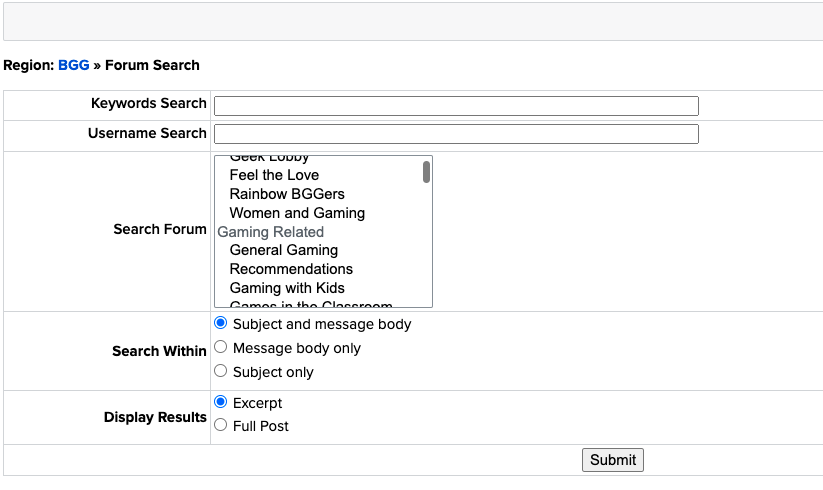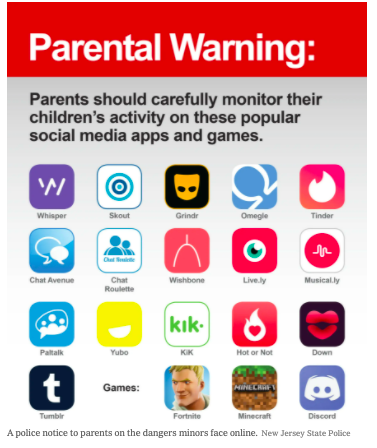Adults contacting minors online for the purpose of sextortion or meeting up for sex continues to be a big problem. Federal investigators believe there are more than 500,000 online predators active each day and they all have multiple online profiles. The ACM’s (Adults Contacting Minors) attempt to groom their minor victims, one step at a time. They start by making a connection. Next, they spark conversation, and then try to lure them in by sending a provocative photo of themselves. For most, the end goal is to meet for sex. In some cases, they are satisfied by either video chats or even exchanging of photos. More than 50% of victims are ages 12 to 15 and 89% of victims are contacted by a predator through a chatroom and instant messaging.
Most ACM’s have a level of confidence in this because currently it Is underreported. There is a sense that the ACM is “anonymous” online with no way to find out who he really is. This makes it almost impossible to catch them. With the help of great organizations like SOSA (Safe From Online Sex Abuse), whose goal it is to raise awareness and combat abuse, they are making some headway.
Recently the organization created a documentary on this subject that every parent should watch. It is called Undercover/Underage. Roo Powell is on a mission to expose the dangers of and prevent online child sex abuse. She works together with her nonprofit group, SOSA to set up aliases to engage with child predators. She works with law enforcement and professionals in the field. Over the course of the documentary, Roo transforms herself into several 15–16-year-old personas. It is no easy undertaking to make 30-year old’s look (Roo) and act like a 15-year-old minor. However, she pulls it off. She has done her research and understands the behavior, likes/dislikes of an average teen.
Alias Creation (aka Sock Puppets)
- Setting up and creating a fake profile requires a lot of upfront work. Because this may lead to a video meeting or even an in-person meeting, everything must jive. Using the same username is critical across all platforms.
- Creating a community of “friends” to make the profile look believable.
- Photos – hiring a professional photographer who specializes in photo editing. The photographer in the documentary works in the fashion industry and is great at identifying and removing any age regressing features. The goal is to make her look like a teenager.
- The use of hashtags is very important. Teens will use hashtags – #freshman, #15yearsold, #mixedgirl, #daddyissue, etc. The more the better to get the right kind of attention online.
OSINT Work
One thing that I found to be interesting as I watched the documentary, is how the team used OSINT techniques every step of the way. They used the “Leave no stone unturned” strategy to try to ID the guy. In one episode, the ACM loved to talk about himself. He talked about his work history, his hobbies, the fact that he has 4 kids, etc. The team is shown searching all of it to connect the dots and find out information about this guy online. He’s a pro however- he knows what he is doing and is careful. Just one small little crumb could be enough to point them in the right direction. The average person has no idea how much information is housed on the web. It could be an old press release that has been forgotten about that names him. Or it could be an obituary of a deceased relative that includes the name of the ACM. Anything is possible and that is why it is important to take the time needed to search.
The group also uses Honey Pot computing to lure in the ACM. A honeypot is a decoy computer system for trapping hackers or tracking unconventional or new hacking methods. In this case it is being use as a lure to try to identify the ACM’s IP address. For this case, it is being populated with the teen girl persona’s photos, poetry, etc. On the backend of the site there is an activity log. This lists out the visitors of the site. From that IP address, one may be able to identify the location of the ACM, if they do not use a VPN of course.
Keeping Up With the Apps
It makes sense that teens are more inclined to use apps. Apps allow users to share photos and videos with their friends through their mobile device. The documentary mentions a few sites/apps you may not have heard of before.
- boardgamegeek.com :This site’s database has more than fifty thousand board games along with their developers and players. The games themselves are linked to users through lists called GeekLists, along with owned/played/wanted etc. connections, ratings, reviews, session reports, and so on. It has a forum which has some search capabilities. Good to keep in mind if your subject is a gamer. Search by location and then by name.
- Online chat groups, Message apps, Gaming apps, make it easy for a predator to make a connection with a minor online. Interactions can easily escalate to “sextortion”, in which minors are coerced into sending explicit imagery of themselves. According to a New York Times recent article titled, “How to Protect Your Children From Online Predators”, the following are the ones to watch closely
In summary, the team uses outstanding critical thinking skills along with online research to try to identify the ACM’s. Some fall through the cracks, but in some cases, she does provide enough evidence to law enforcement to “take it from there”. It is not an easy task, and it really takes a thick skin and a strong stomach. Some scenes show Roo emotionally drained from the experience of playing out conversations with child predators. But in the end, it is her deep desire to help the kids. If she can get one or two arrested, she has done what she set out to do.


